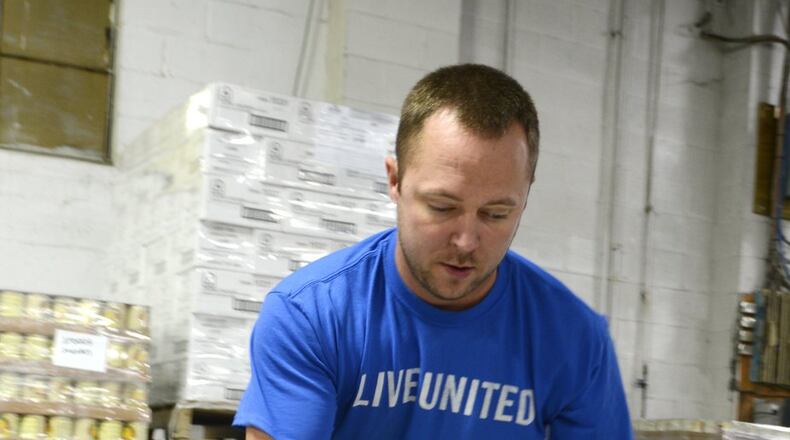There's an estimated 11.6 million people living in the state, and one out of every six Ohioans are living below the federal poverty guidelines, according to the Columbus-based Impact Community Action. The Children's Defense Fund in Ohio reports one in five children in Ohio are living in poverty.
But more people than that are struggling to live, Osso said. She said the formula to determine the poverty level was developed in 1963 and it's never changed.
“This does not take into account regular monthly costs like housing, utilities, transportation and health care. So those are not figured into how much a person needs to earn in order to live a stable life when they’re figuring out the poverty level,” said Osso.
When those costs are added, she said people are more apt to be poor even at 200 percent of the poverty level.
“We need to double the poverty level,” Osso said. “But the political will to do that, regardless of which party is in power is nil because that would automatically double the number of people living in poverty and no Congress or no president would want that to be their legacy.”
While she doesn’t have the county-level numbers of poverty, she believes the statewide numbers “pretty well translate” to Butler County.
“While Butler County has grown, jobs — and we’re grateful for the increase in employment — many of the jobs that have been created are not paying a living wage,” Osso said. “While people are earning more than they were before, they’re still standing in line at food pantries, they’re still applying for food stamps and other work supports because what they’re earning is not enough.”
Shared Harvest has grown its backpack program — which provides food to children who don’t have enough to eat on the weekends — serving 600 students per week in the 2006-07 school year to 4,000 a week this school year.
They've also continued their outreach program to help people apply for the Supplemental Nutrition Assistance Program, the federal program commonly known as SNAP. Foodbank volunteers and representatives are "going to people where they are to help them apply for those work supports like SNAP that will allow them to get their own food rather than depending on charities," Osso said.
But she said even with work supports like food stamps, without those supports “the struggle would be much more difficult to overcome.”
“So the people struggling to make it, aren’t necessarily considered poor because they don’t qualify for programs that are based on a failed formula in the first place to determine who’s poor and who isn’t,” she said.
And this is a cycle that was put in place by the leaders of the country, and Osso said "there hasn't been any real thought given to better ways to invest the small amount of money" allocated to help those in poverty. She said that's less than 2 percent of the federal budget.
“Rather than engaging with people who live in poverty to be a part of the solution, policy makes sit up here,” Osso said as she raises her hand, “and have no clue.”
— — —
HOW TO HELP
The Journal-News Shared Harvest Food Relief has kicked off its annual campaign.
Visit www.Journal-News.com/foodrelief to make an online contribution. The food bank helps pantries in a five-county area, and every dollar donated helps provide seven meals.
About the Author

